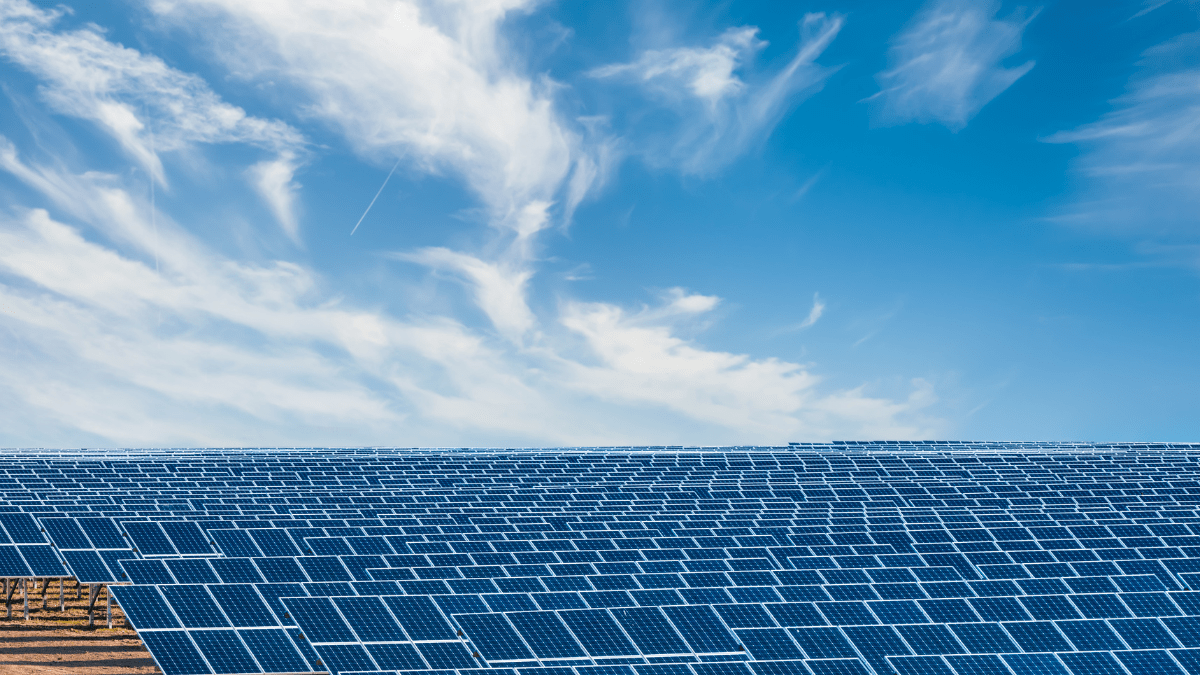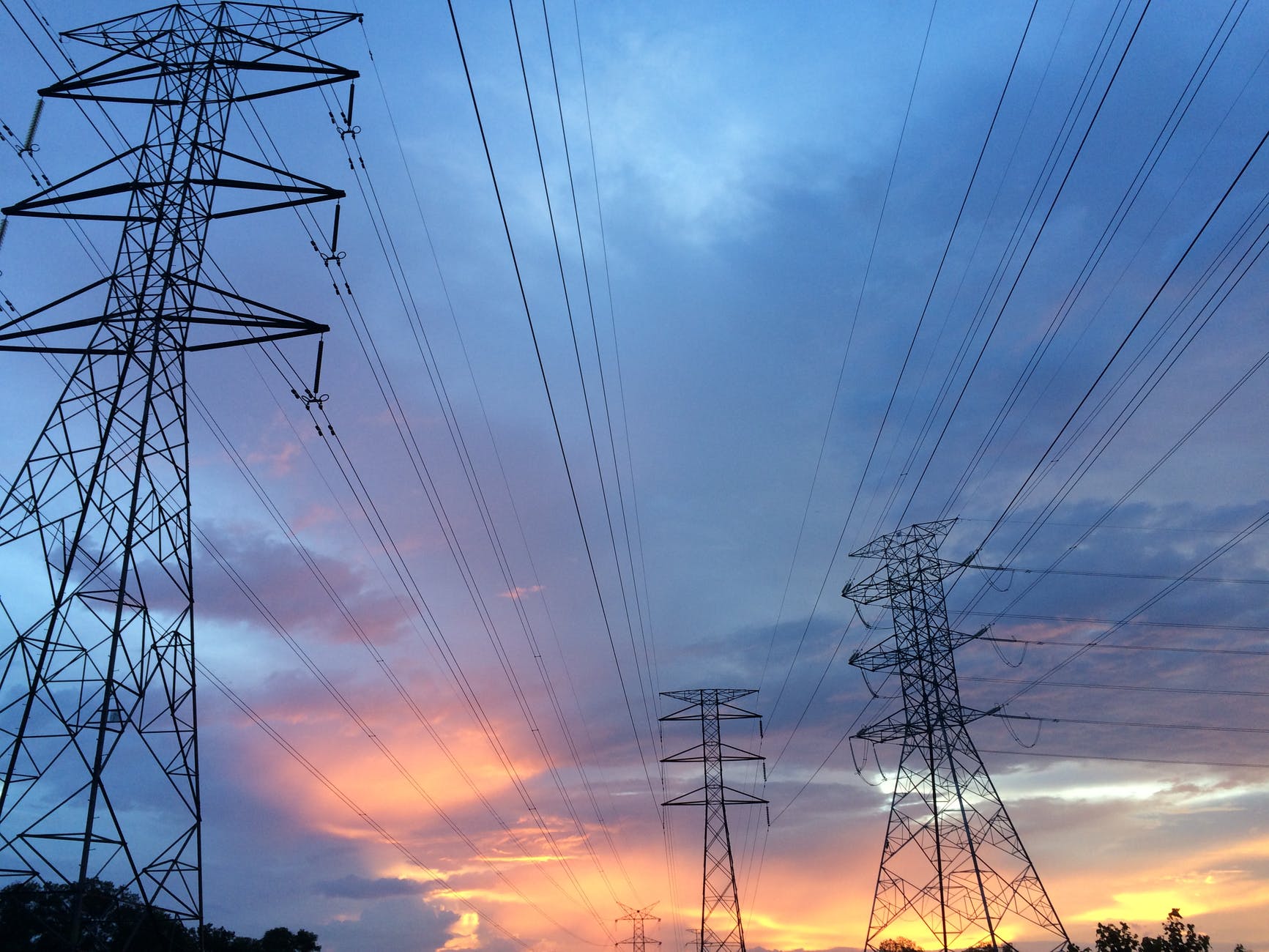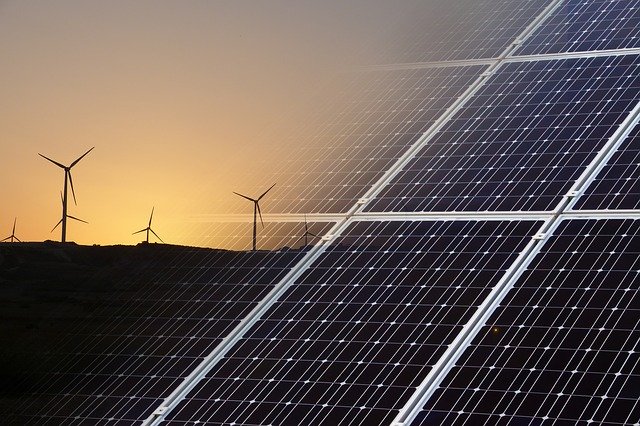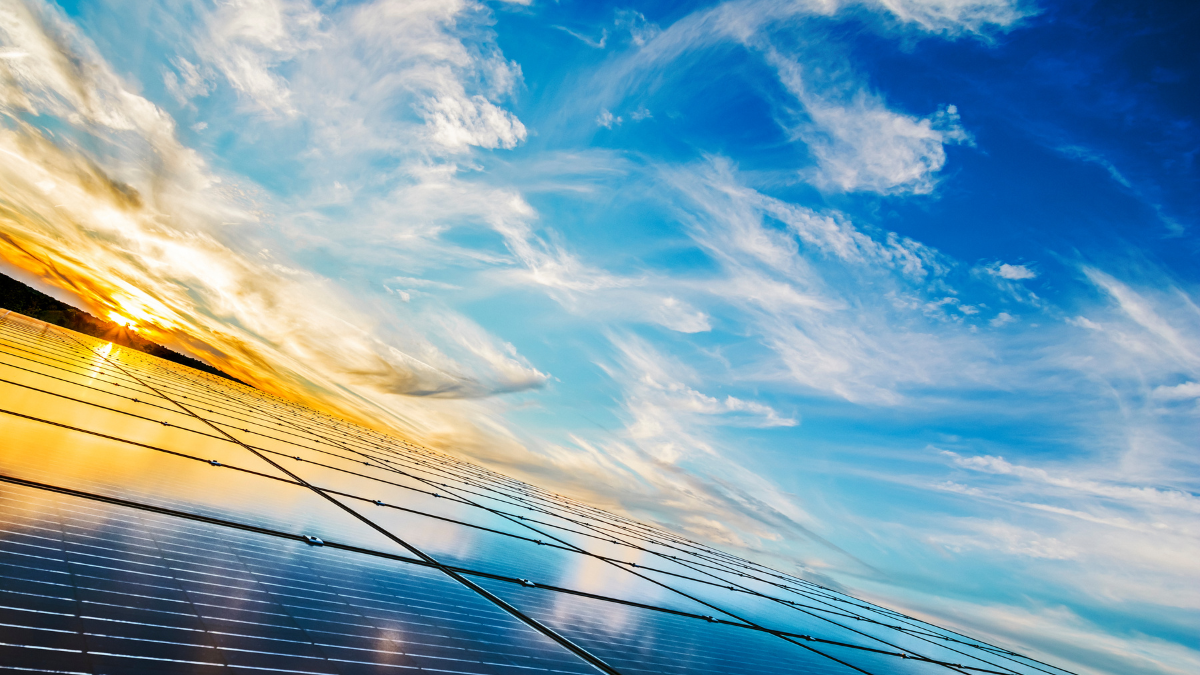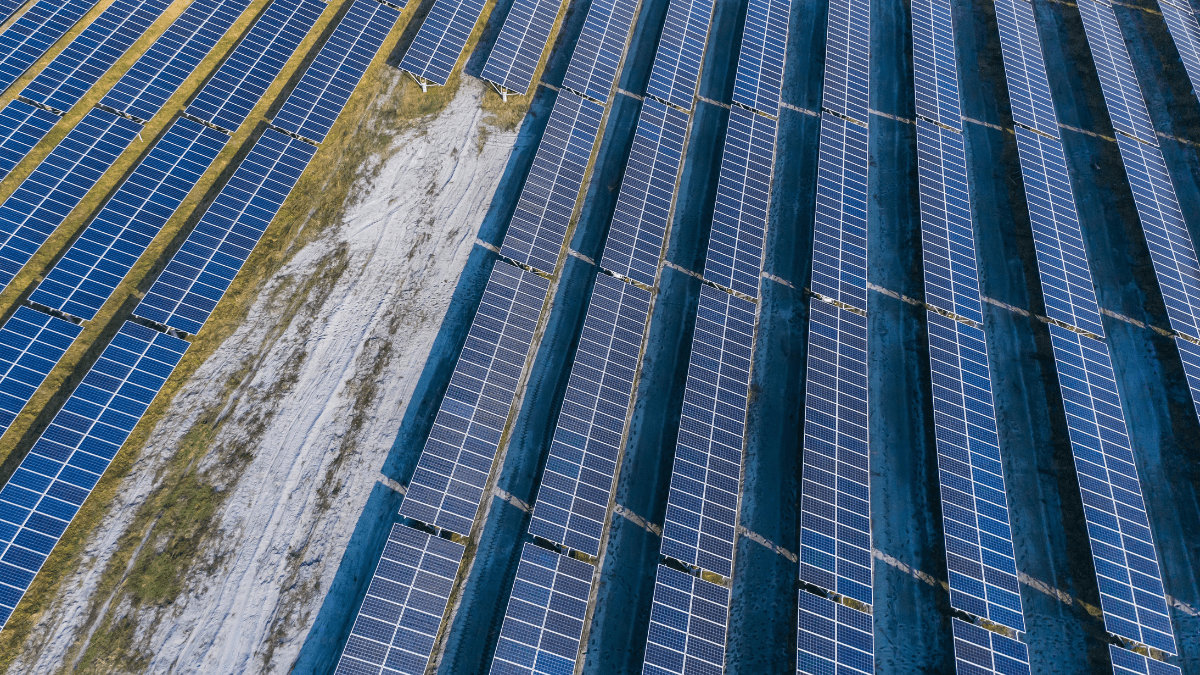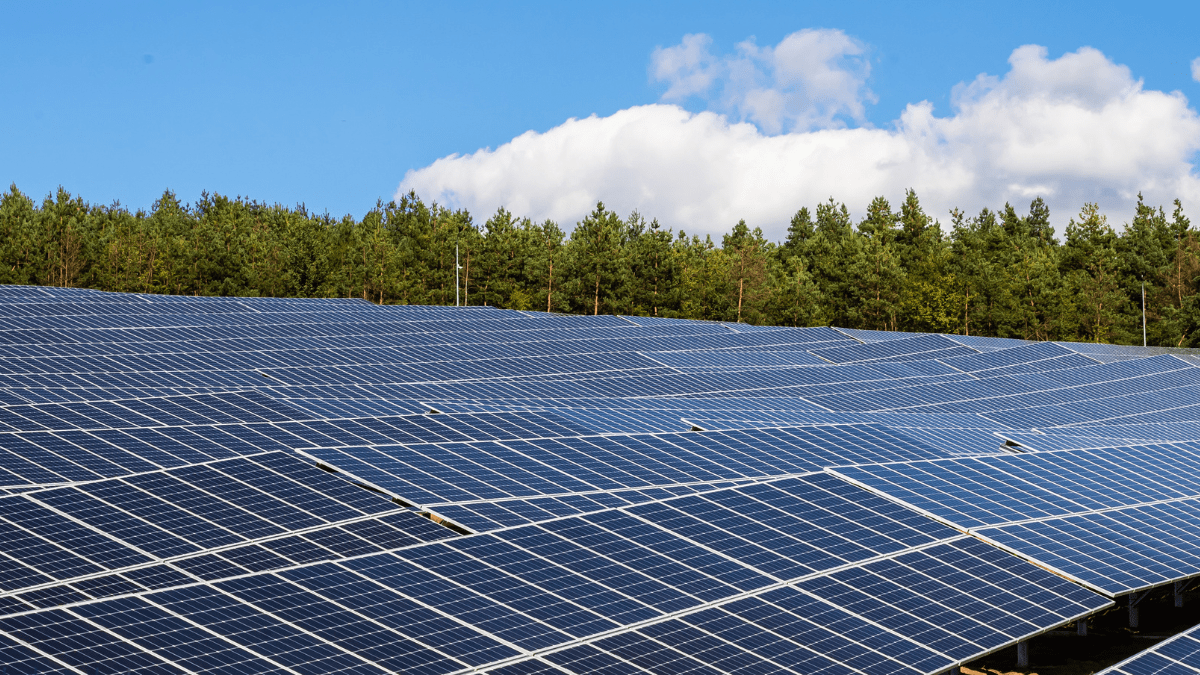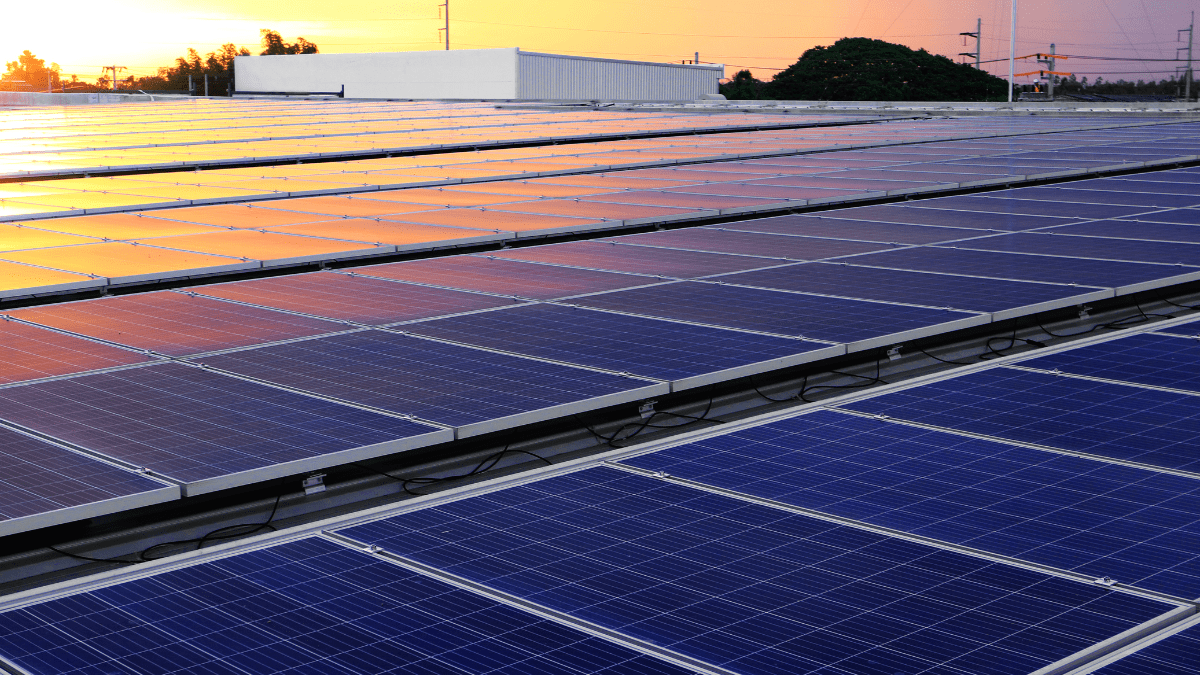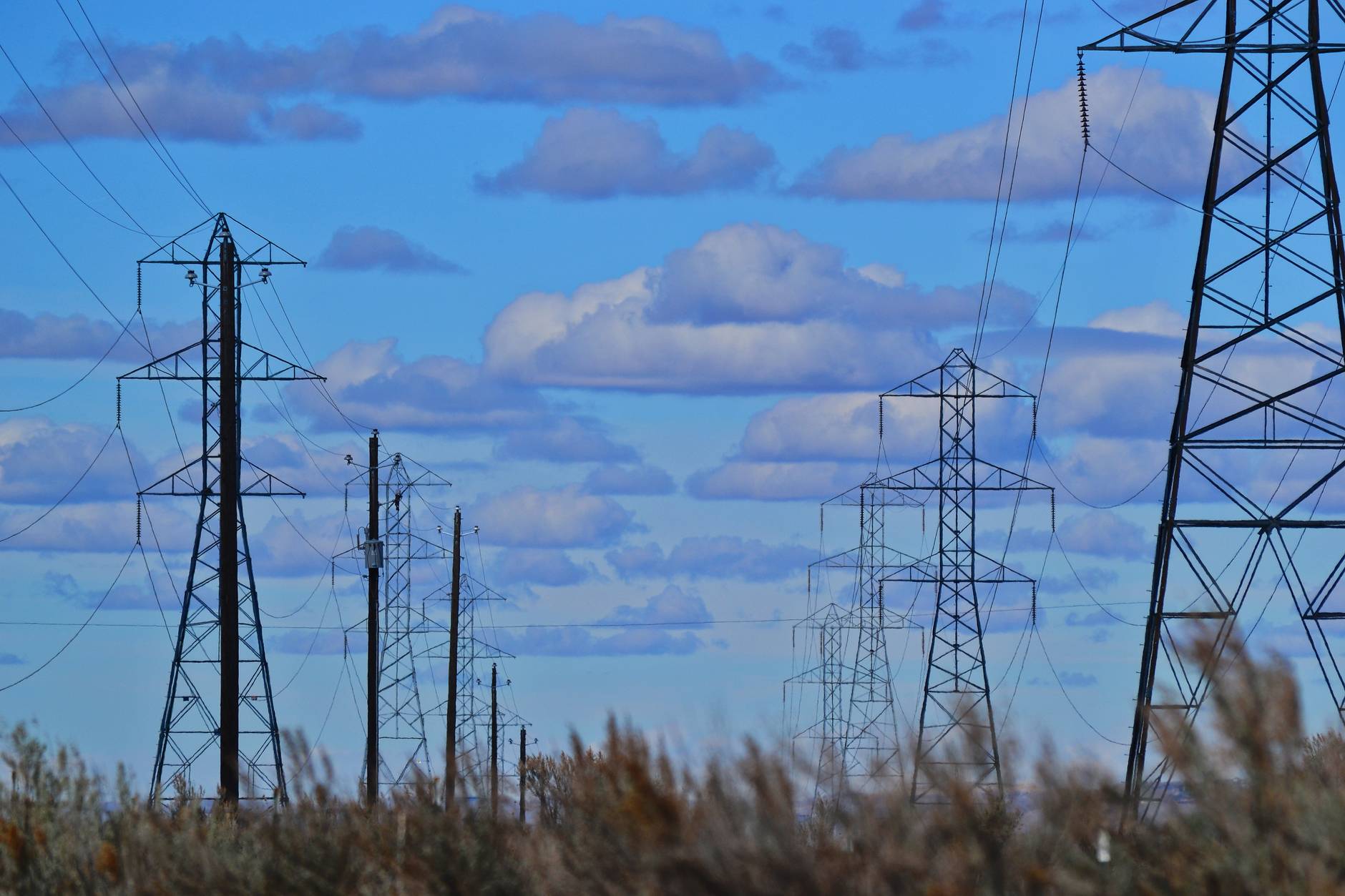
India is embarking on a major push for nuclear energy, aiming to make it a cornerstone of the nation’s power supply. Union Minister Dr. Jitendra Singh announced that the “Nuclear Mission” outlined in the 2025-26 Union Budget will revolutionize India’s energy landscape. The government envisions nuclear power becoming a primary energy source, crucial for achieving energy independence.
Dr. Singh emphasized the importance of nuclear power for India’s energy security and highlighted the government’s long-term vision for the sector. He also welcomed the budget’s tax relief measures, anticipating a positive impact on a large segment of the population and the overall economy.
A significant development is the opening of India’s nuclear energy sector to private companies. Dr. Singh described this as a “revolutionary” step, noting that the sector has been shrouded in secrecy for decades. He believes that increased openness and collaboration will spur growth and innovation in nuclear energy, echoing the successful model used in the space sector. He drew a parallel with the Prime Minister’s decision to involve private players in the space industry, which resulted in a remarkable transformation. He expressed confidence that the nuclear sector will experience similar growth, significantly boosting energy security.
Dr. Singh acknowledged India’s heavy reliance on petroleum imports and reiterated the government’s commitment to clean and sustainable energy. He explicitly stated that nuclear energy will play a vital role in securing India’s energy future.
To achieve this vision, the government has launched the Nuclear Energy Mission for Viksit Bharat. This mission focuses on expanding domestic nuclear capabilities, encouraging private sector participation, and deploying cutting-edge nuclear technologies.
The 2025-26 budget allocates ₹20,000 crore for research and development in Small Modular Reactors (SMRs). The goal is to have at least five indigenously designed SMRs operational by 2033. This initiative supports India’s ambitious target of 100 GW of nuclear power capacity by 2047, a crucial step towards reducing carbon emissions and ensuring sustainable energy.
Dr. Singh shared that India’s current nuclear power capacity of 8,180 MW is projected to reach 22,480 MW by 2031-32. This expansion involves ten reactors currently under construction across several states, with plans for ten more, including a major project in collaboration with the USA in Andhra Pradesh.
He also highlighted a recent achievement: the Rajasthan Atomic Power Project’s Unit-7 (RAPP-7) achieved criticality, signifying the start of a controlled nuclear chain reaction. This milestone demonstrates India’s growing nuclear capabilities.
Dr. Singh reaffirmed India’s commitment to generating 500 GW of energy from non-fossil fuel sources by 2030, aligning with its COP26 commitments and the Prime Minister’s vision for net-zero emissions by 2070. He emphasized the Prime Minister’s role in initiating Mission LiFE and highlighted India’s integrated approach to nuclear and biotechnology advancements.
He also introduced the newly launched BIOe3 Policy, a pioneering initiative to drive a biotechnology-led industrial revolution. He mentioned the establishment of BIRAC to support biotech startups and facilitate collaborations. India has already achieved notable success in biotechnology, including the development of its first antibiotic and an HPV vaccine.
The BIOe3 Policy will focus on advancements in bio-manufacturing, bio-foundries, and circular economy models, promoting recyclable and reusable products. This initiative is expected to stimulate economic growth, create jobs, and promote environmental sustainability.
Dr. Singh emphasized that the nuclear power provisions in the 2025-26 budget represent a transformative moment for India’s energy sector. By developing nuclear energy as a sustainable, scalable, and secure power source, the government aims to strengthen energy security and achieve its long-term economic and environmental objectives. He reiterated that the Nuclear Energy Mission for Viksit Bharat will accelerate nuclear power development, positioning India as a global leader in advanced nuclear technology by 2047.


